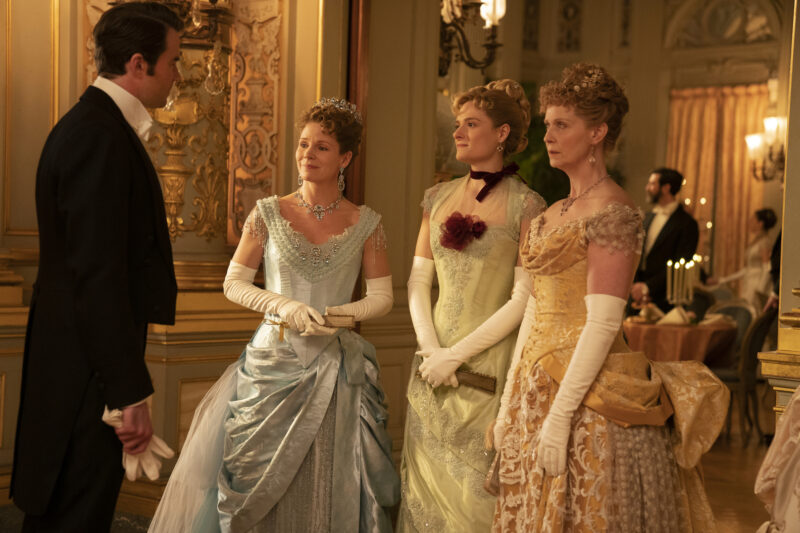As the dust settled after the Civil War and the 20th century loomed, a wave of industrialization and technological progress swept across America. The factories and cities buzzed with activity, powered by the toil of overworked and underpaid Americans and immigrants. However, while the working class struggled, a privileged few reveled in the wealth and luxury of the era. This extravagant period, known as the Gilded Age, witnessed a display of opulence by both the “new money” families and the established “old money” elite, as they sought to ascend the social ladder or maintain their positions.
Although the upper crust of Gilded Age society predominantly comprised white families of western European descent, such as the Astors, Vanderbilts, and Rockefellers, other communities thrived as well. Notably, there were prosperous Black elite families like the Guignons and Whites in New York City and the Eastons in Cincinnati, as well as wealthy Chinese Americans, exemplified by the Hing family in California.
The homes and possessions of the Gilded Age elite embodied the ethos of excess. Renowned architect and Gilded Age historian, Gary Lawrance, reveals that these families subscribed to the philosophy of “more is more.” The following 11 objects offer a glimpse into the extravagant lives led by the Gilded Age elite, complete with fascinating facts and figures.
- Opera Glasses: A Symbol of Prestige In the Gilded Age, attending the opera was a social affair, with the patrons often more concerned with social climbing than the musical performances. To complement their formal attire, the elite adorned themselves with a pair of opera glasses. These spectacles were not just functional but also served as jewelry pieces. The wealthier individuals showcased diamond-encrusted opera glasses made of gold and other precious materials.
- Walk-In Silver Safe: Safeguarding Luxury A Gilded Age family of means would never be without exquisite silverware on their table. Sterling silver sets from prestigious manufacturers like Tiffany & Co., Black, Starr & Frost, or their counterparts graced their dining rooms. Due to the high cost of silver, many mansions featured walk-in safes to secure these valuable possessions. These safes not only housed silverware but also protected important documents from fire and damage.
- Parlor Palms: Greenery in Opulent Interiors With a growing fascination for botany among the upper classes in both America and Britain, grand estates on both sides of the Atlantic boasted lavish gardens, greenhouses, and conservatories to display exotic plants. However, the heavy drapery popular at the time limited natural light within homes, leading to the popularity of the parlor palm. These resilient plants thrived in low-light conditions, adorning various spots throughout the house, such as plant stands, mantles, and landings.
- Light Bulbs: Illuminating Wealth While electricity is taken for granted today, it was a source of excitement and apprehension during the Gilded Age. Early adopters like financier J.P. Morgan saw the vast potential of electricity, while others remained skeptical. Those who embraced electricity wanted to flaunt their modernity. In photographs of Gilded Age interiors, it is evident that lampshades were deliberately omitted to showcase expensive light bulbs and impress visitors.
- Châtelaine: A Fashionable Utility Belt Popular among women of the Victorian era, châtelaines served as decorative belts adorned with hooks or clasps worn at the waist. Chains suspended from the châtelaine held various household items like keys and scissors. While maids and seamstresses used functional châtelaines, affluent women purchased silver and gold versions from jewelers

